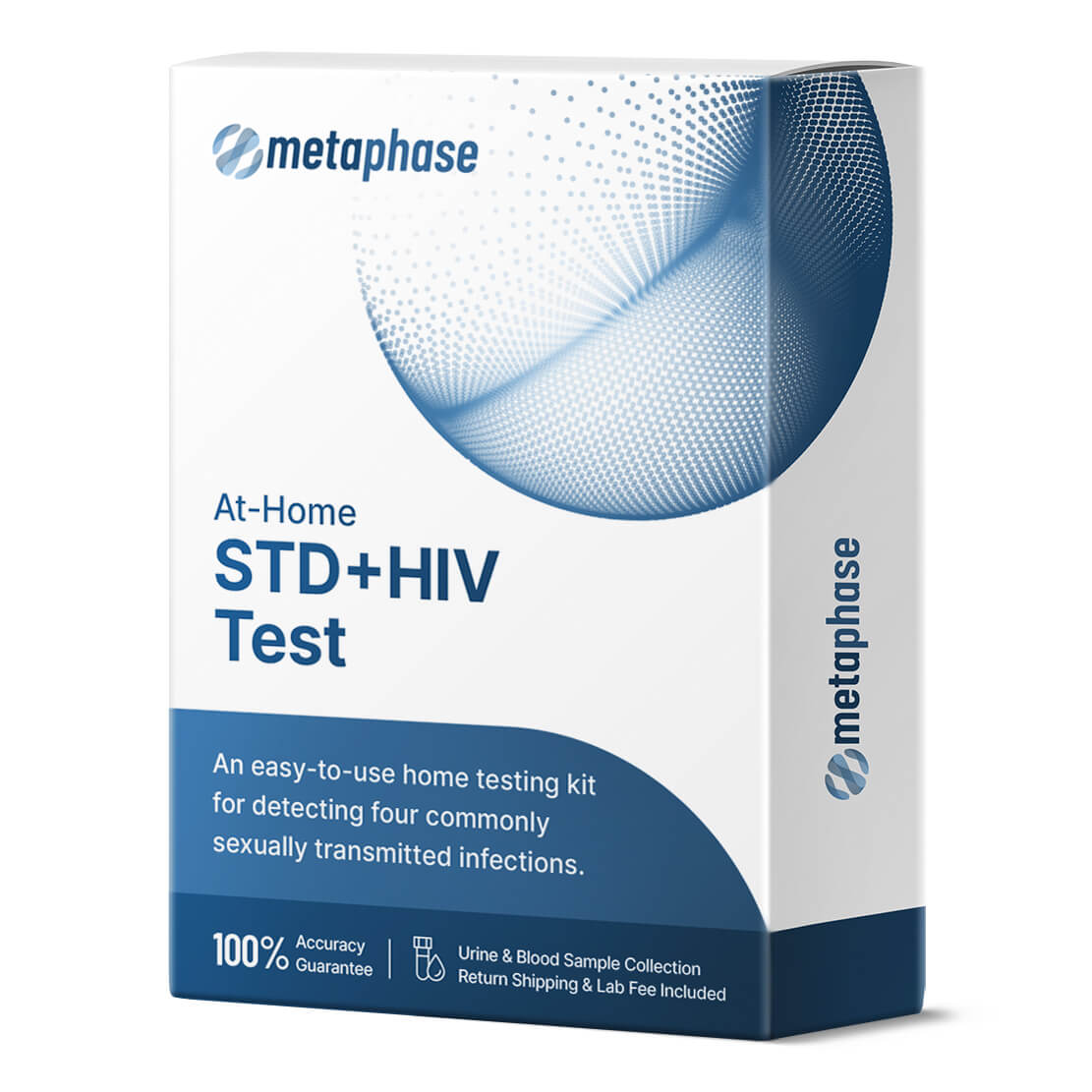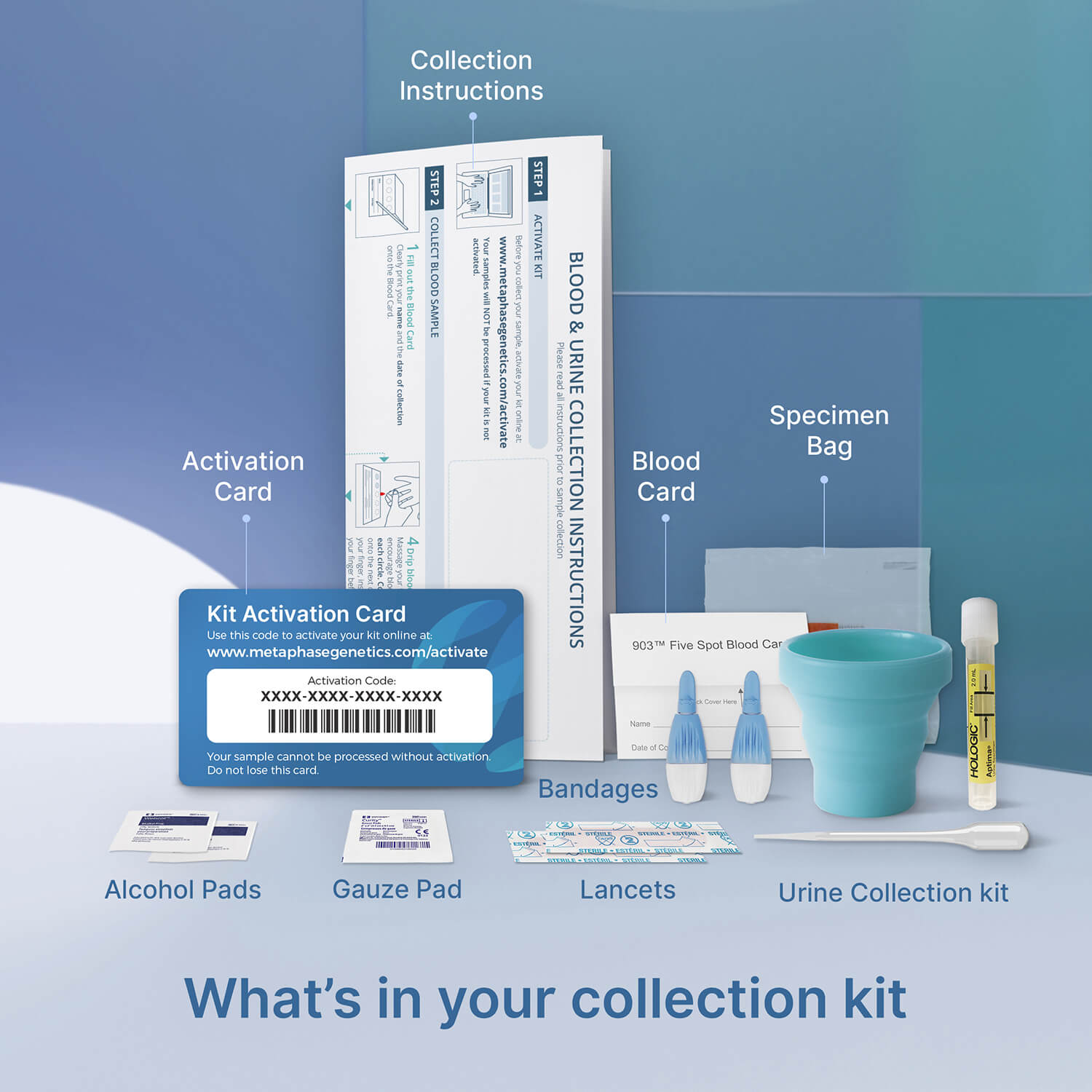Description
It is recommended to consider getting tested for STDs if you are sexually active, have had unprotected sex, are entering a new relationship, experiencing symptoms of an STD, or have had a partner with an STD. However, it is important to be aware of the “window period,” which is the period of time where laboratory tests may not be able to detect the STD. The length of this period varies for each STD. While some STDs can be detected within 2 to 4 weeks post-exposure, others may not be detectable until 10-12 weeks post-exposure, such as hepatitis C and syphilis. To determine the appropriate timing and types of tests needed, it is best to seek guidance from a healthcare provider who can evaluate your specific situation.

Description
It is recommended to consider getting tested for STDs if you are sexually active, have had unprotected sex, are entering a new relationship, experiencing symptoms of an STD, or have had a partner with an STD. However, it is important to be aware of the “window period,” which is the period of time where laboratory tests may not be able to detect the STD. The length of this period varies for each STD. While some STDs can be detected within 2 to 4 weeks post-exposure, others may not be detectable until 10-12 weeks post-exposure, such as hepatitis C and syphilis. To determine the appropriate timing and types of tests needed, it is best to seek guidance from a healthcare provider who can evaluate your specific situation.
Our testing laboratory is AABB Accredited, ISO/IEC 17025 Certified and participates in the CAP proficiency testing program.
What’s included in the test?
• Chlamydia
Chlamydia is a sexually transmitted disease (STD) caused by the bacteria Chlamydia trachomatis. It is the most commonly reported bacterial infection worldwide and is particularly prevalent among individuals aged 15 to 24, with approximately 1 in 20 sexually active young women (aged 14 to 24) affected. Men who have sex with men are also at higher risk of contracting chlamydia.
• Gonorrhea
Gonorrhea is another STD caused by the bacteria Neisseria gonorrhoeae. It primarily affects the mucous membranes that line the reproductive tract, with infections in women affecting the cervix, uterus, and fallopian tubes, and in men, the urethra. This bacterium can also infect the mucous membranes of the mouth, eyes, and rectum.
• Trichomoniasis
Trichomoniasis is a sexually transmitted infection caused by a protozoan parasite known as Trichomonas vaginalis. This infection mainly affects the lower genital tract, including the vulva, vagina, cervix, and urethra in females, while in males, the infection commonly affects the inside of the penis (urethra).
• HIV
HIV is a sexually transmitted disease caused by the human immunodeficiency virus (HIV). If left untreated, HIV can progress to acquired human immunodeficiency syndrome or AIDS, which weakens the immune system and makes individuals more vulnerable to infections.
At-Home DNA Testing Steps
STEP 1
Order Kit
Order the private DNA test kit online.
STEP 2
Collect Samples
Follow the easy instructions for collecting a mouth swab sample from the participants. The sample is collected in just seconds by rubbing the swabs provided in the kit gently inside the mouth.
STEP 3
Receive Results
After sample collection, return the samples to our laboratory using the return packaging included in your test kit. Results are available online. You are welcome to call our laboratory at any time to check on your test and to get preliminary results over the telephone using your password and file number. Official results documents are sent to you by mail or email after the test is complete.




